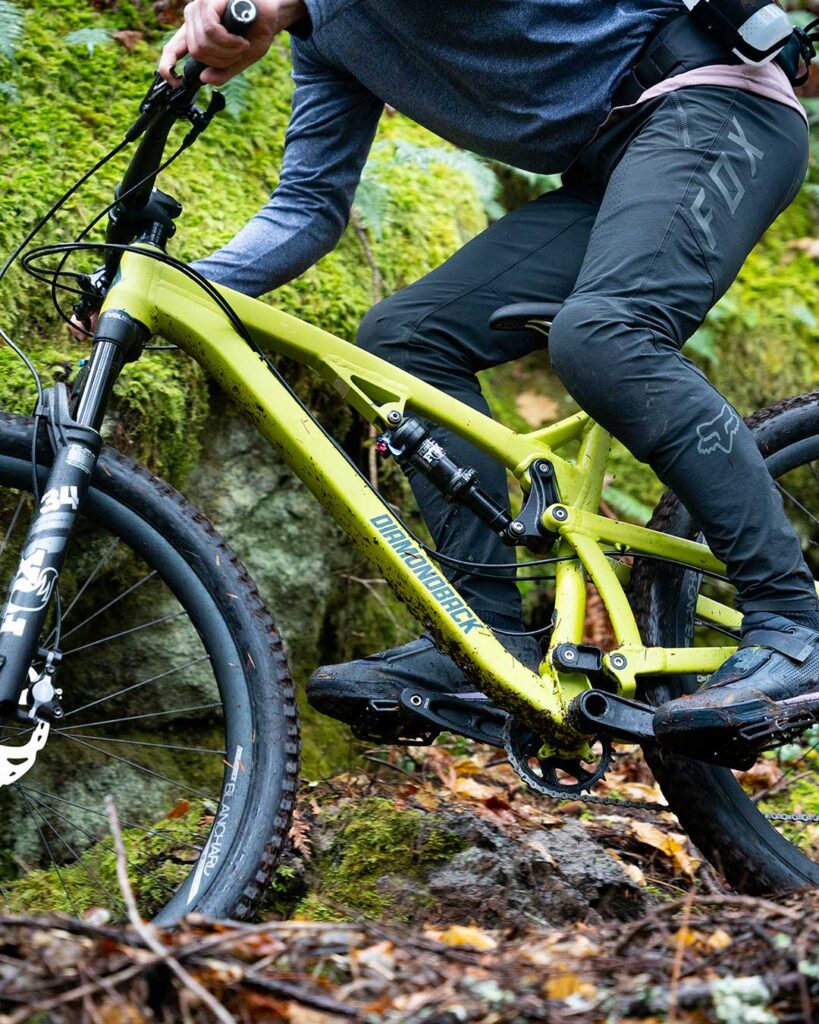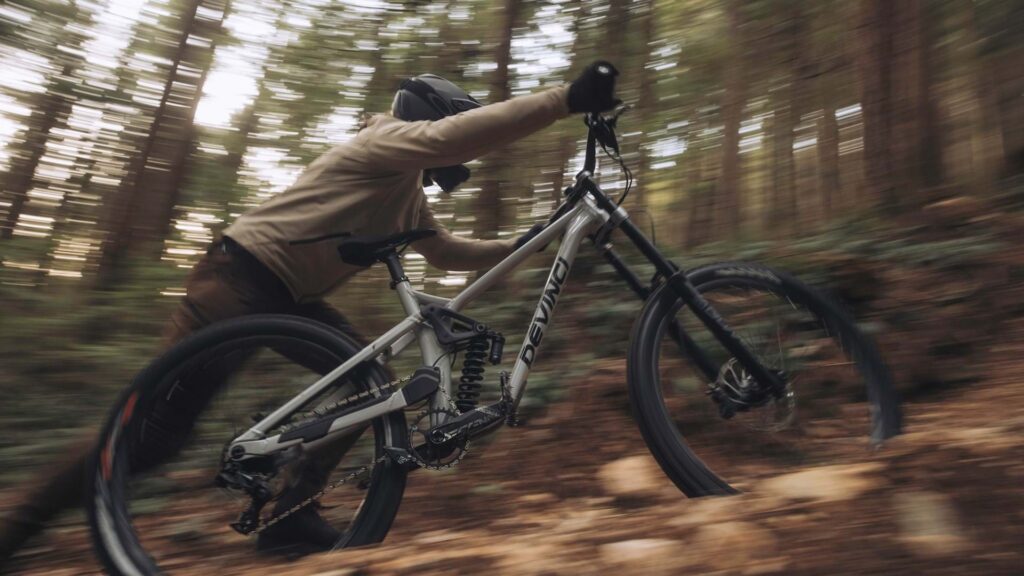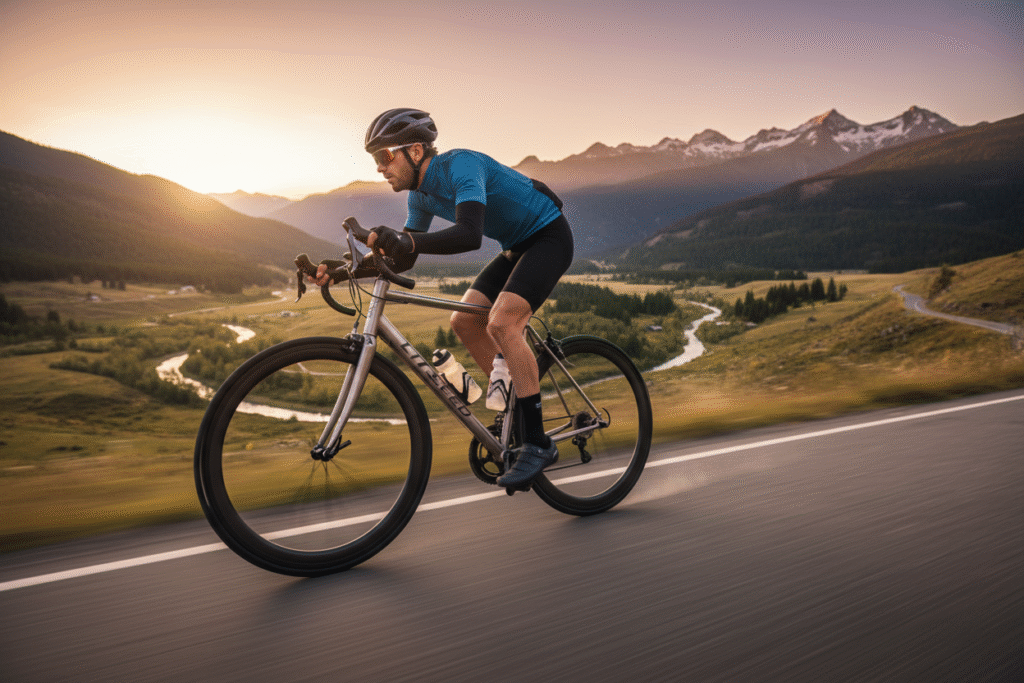For more than 45 years, Diamondback has stood for one thing above all: making performance bikes accessible to everyone.
From BMX tracks in the 1980s to today’s e-assist commuters and carbon trail machines, Diamondback’s evolution mirrors the growth of cycling itself — bold, innovative, and constantly adapting.
In 2026, Diamondback remains one of the most recognizable names in American cycling. Backed by a legacy of value, innovation, and reliability, the brand blends old-school authenticity with modern technology to deliver bikes that punch above their price.
Whether you’re bombing down singletrack, commuting to work, or just rediscovering your love of cycling, Diamondback aims to keep you rolling — with confidence and style.
Brand Overview
Founded: 1977
Headquarters: Kent, Washington, USA
Parent Company: Alta Cycling Group
Core Categories: Mountain, Road, Gravel, Hybrid, E-bikes
Diamondback started as a BMX brand during the golden era of dirt and freestyle riding. Over the decades, it expanded into mountain bikes and road bikes, quickly gaining a reputation for performance and durability.
By the 1990s, Diamondback had become a major player in MTB racing — with riders like Susan DeMattei and Dave Cullinan winning medals and world titles aboard its aluminum frames.
Today, Diamondback operates as part of Alta Cycling Group (alongside IZIP and Redline), leveraging modern design, direct-to-consumer sales, and e-bike innovation to stay relevant in a crowded market.
The Diamondback Philosophy
Diamondback’s mission has always been clear:
“Performance for all. Adventure for everyone.”
While many brands chase high-end exclusivity, Diamondback takes the opposite approach — building real-world bikes for riders who want great performance without a four-figure price tag.
Core Principles
- Accessibility: High-quality bikes at realistic prices.
- Versatility: Every bike built to handle a wide range of terrain and uses.
- Innovation: Smart engineering rooted in real-world riding.
- Durability: Components and frames designed to last.
This philosophy keeps Diamondback grounded, appealing to riders who prioritize value, dependability, and everyday adventure over prestige.
A Legacy of Innovation
Diamondback’s story is full of firsts and forward-thinking moves:
| Year | Innovation | Impact |
|---|---|---|
| 1977 | Founded as a BMX company | Helped define U.S. BMX culture |
| 1982 | Launch of Silver Streak BMX | Set performance benchmark |
| 1987 | Entry into MTB market | Early adoption of mountain biking |
| 1992 | Dual-suspension Axis series | Advanced aluminum frame design |
| 2000s | Devine Design line | Bikes tailored for women riders |
| 2015 | Release of Release 3 MTB | Introduced Level Link suspension |
| 2018 | Direct-to-consumer model | Affordable pricing with full build quality |
| 2023 | E-bike expansion (Union, Response) | Solid entry into commuter and e-MTB space |
| 2026 | Diamondback Collective | Online custom fit and service hub |
Engineering and Technology
Diamondback blends modern materials with proven geometry, focusing on comfort, control, and versatility.
1. Level Link Suspension
A virtual pivot design that isolates pedaling from suspension movement — similar to Santa Cruz’s VPP system, but tuned for all-around efficiency.
Benefits:
- Excellent traction on climbs.
- Minimal pedal bob.
- Smooth small-bump compliance.
- Easy maintenance and long-term reliability.
The Release and Catch series use Level Link to deliver playful, balanced trail bikes that climb as well as they descend.
2. Aluminum Frame Expertise
Diamondback made its name with strong, lightweight aluminum frames — and still leads in this area.
Its current 6061-T6 hydroformed tubesets achieve stiffness and weight characteristics close to carbon, without the fragility or price.
For riders who want quality without the cost, Diamondback’s aluminum engineering remains a selling point.
3. E-Bike Systems
Diamondback’s e-bike range leverages Bosch Performance Line and Shimano STEPS systems — two of the most reliable mid-drive units available.
Key features include:
- Natural power delivery.
- Excellent range and heat management.
- Integrated displays and controls.
- Full service support via Bosch and Shimano networks.
E-bike models like the Union 2 and Response provide confident performance for commuters and weekend riders alike.
4. Component Integration
Diamondback focuses on smart component choices rather than flashy specs. You’ll find:
- SRAM Eagle and Shimano Deore XT drivetrains.
- Hydraulic disc brakes from Tektro or Shimano.
- WTB saddles and tires for durability.
- Dropper posts standard on trail bikes.
This approach ensures performance without inflating cost — a key part of the brand’s identity.
Current Lineup (2026)
Mountain Bikes
| Model | Suspension | Highlights | Best For |
|---|---|---|---|
| Release 5C Carbon | 150mm rear, 160mm front | Carbon frame, Level Link | All-mountain |
| Catch 2 | 130mm rear | Aluminum frame, 27.5+ tires | Trail versatility |
| Sync’r Carbon | Hardtail | Aggressive geometry | Technical XC and pump track |
| Overdrive 29 2 | Hardtail | Affordable, durable | Fitness & recreational MTB |
Road & Gravel
| Model | Type | Highlights | Best For |
|---|---|---|---|
| Haanjo 8C Carbon | Gravel | 1x drivetrain, carbon fork | Gravel & endurance |
| Haanjo 4 | Aluminum | Hydraulic brakes, relaxed geometry | Adventure & commuting |
| Century 4 | Endurance road | Disc brakes, endurance geometry | Road fitness |
E-Bikes
| Model | Type | Motor | Best For |
|---|---|---|---|
| Union 2 | Urban commuter | Bosch Performance Line CX | Commuting & errands |
| Response | e-MTB | Shimano STEPS EP8 | Trail & recreation |
| Current | Drop-bar e-gravel | Mahle X35 hub drive | Mixed terrain |
Hybrid & Fitness
| Model | Frame | Features | Best For |
|---|---|---|---|
| Division 2 | Aluminum | Disc brakes, urban geometry | Fitness & commuting |
| Metric 3 | Aluminum | 700c tires, upright ride | Everyday riders |
| LUX ST 1 | Step-thru | Lightweight, easy mount | Comfort riders |
Performance and Ride Feel
Diamondback’s bikes have a distinct character — stable, balanced, and easy to live with.
Ride Quality
Diamondback designs for confidence over razor-edge race precision. The geometry favors comfort and stability, making their bikes great for newer riders or anyone seeking relaxed control.
Handling
The Level Link suspension on the Release and Catch delivers playful trail performance with excellent traction and minimal pedal kickback.
Comfort
Endurance and fitness models prioritize comfort without dulling performance — wide tires, compliant seatstays, and ergonomic touchpoints make long rides enjoyable.
Reliability
Durability is a hallmark. Aluminum frames are tough, paint finishes resist chips, and components are easy to source and service.
Who Diamondback Is For
| Rider Type | Why It Fits |
|---|---|
| New & Intermediate Riders | Intuitive geometry and fair pricing make it easy to get started. |
| Budget-Conscious Enthusiasts | High-end performance without boutique prices. |
| Commuters | Dependable components and integrated accessories. |
| E-Bike Riders | Reliable, proven Bosch and Shimano systems. |
| Recreational MTB Riders | Durable and low-maintenance for weekend rides. |
Strengths
- Excellent price-to-performance ratio.
- Level Link suspension competes with higher-end systems.
- Reliable e-bike integration with Bosch and Shimano.
- Balanced, confidence-inspiring geometry.
- Easy-to-service components.
Weaknesses
- Not as boutique or high-end as premium MTB brands.
- Limited carbon options.
- Availability can vary by region.
- Some builds are slightly heavier than competitors.
Diamondback vs. Competitors
| Brand | Focus | Strength | Weakness |
|---|---|---|---|
| Diamondback | Accessible performance | Affordable and durable | Less elite cachet |
| Trek | Mass-market innovation | Broad range | Higher prices |
| Giant | Efficiency & tech | Lightweight designs | Less distinctive styling |
| Canyon | Direct-to-consumer | Great value | Service logistics |
| Specialized | Premium performance | Innovation, marketing | Expensive |
Diamondback sits comfortably between Giant’s accessibility and Canyon’s value model, offering everyday riders premium quality without pretense.
Sustainability and Service
Diamondback promotes longevity through rebuildable components and extended frame warranties.
Packaging is 98% recyclable, and their direct-to-consumer system minimizes emissions by cutting out unnecessary distribution layers.
Their Diamondback Collective online hub offers assembly guides, maintenance tips, and virtual fit support — enhancing customer confidence post-purchase.
Future Direction (2026 and Beyond)
- Carbon Expansion: More mid-range carbon models in gravel and MTB categories.
- Integrated E-Bikes: Streamlined frame integration and hidden battery tech.
- Custom Fit Options: Personalized build configurator for online buyers.
- Recycled Materials: Using post-consumer aluminum in future frames.
Diamondback’s next chapter aims to blend its affordable DNA with cutting-edge innovation — ensuring it remains relevant for the next generation of riders.
Verdict
Diamondback may not chase elite race podiums anymore, but it remains a cornerstone brand for real cyclists — those who ride because they love it, not because they’re chasing status.
Its 2026 lineup is well-balanced:
- Release series: for trail riders who want all-around fun.
- Haanjo gravel line: for endurance adventurers.
- Union e-bikes: for commuters seeking reliability.
Diamondback (2026): Authentic. Reliable. Built for real riders.
Final Take
Few brands capture the spirit of American cycling like Diamondback.
It’s a brand for everyday riders — strong, affordable, and proudly practical.
In a market full of tech showpieces, Diamondback bikes are honest. They work, they last, and they make cycling accessible to everyone.
And that’s why the name still carries weight after nearly 50 years.
Ride more. Worry less. That’s the Diamondback way.
Related Content:
- Best E-Bike Brands
- Best Mountain Bike Brands
- Polygon Bikes Review
- Schwinn Bikes Review
- How To True a Wheel
Why Trust This Review?
BestBikeBrands is built by lifelong cyclists with decades of real-world experience — in the shop, on the trail, and behind the wrench. Our goal is simple: to help riders choose the best bikes and gear with confidence, backed by expert insights and hands-on testing. Learn more about us →






